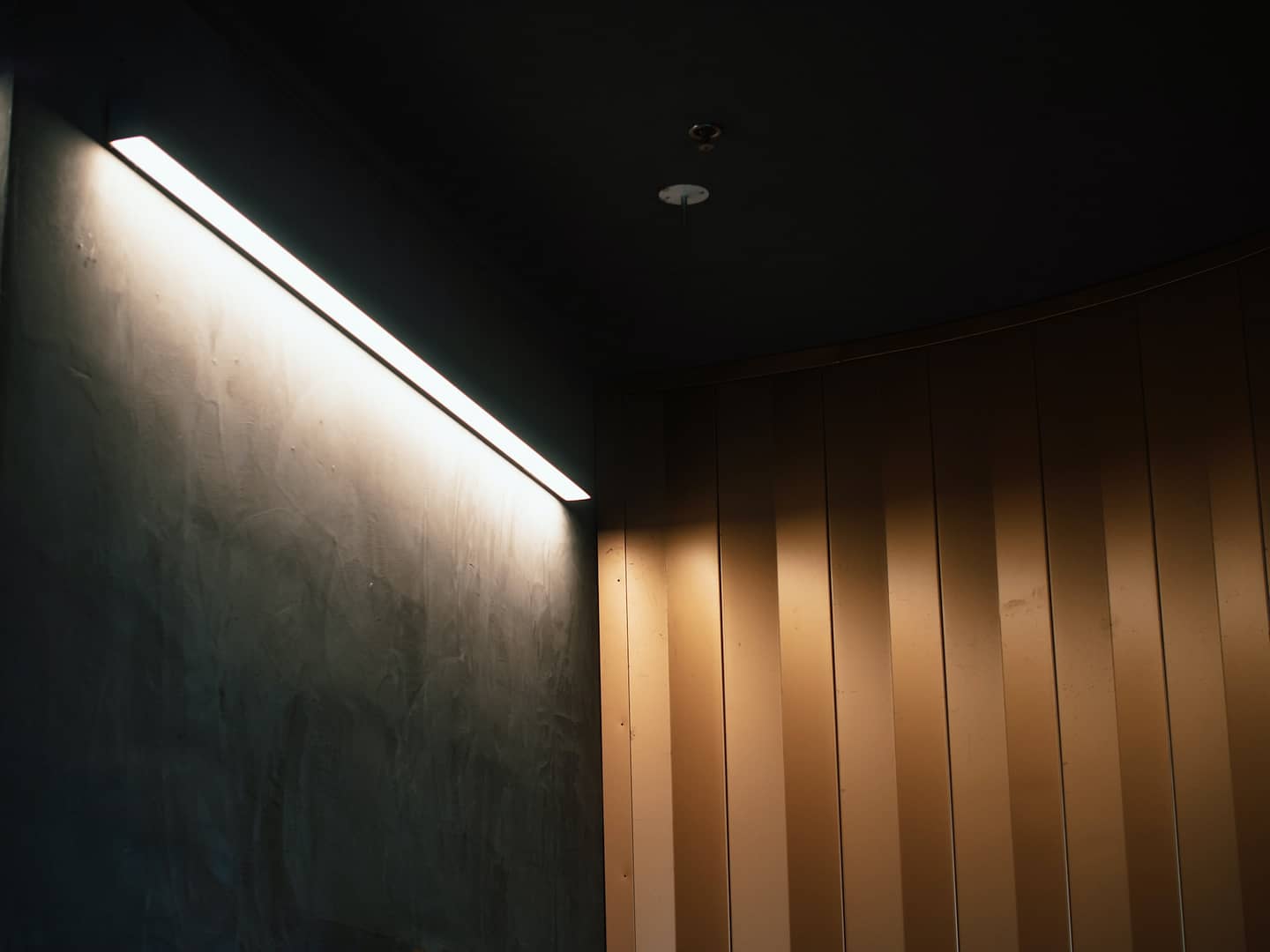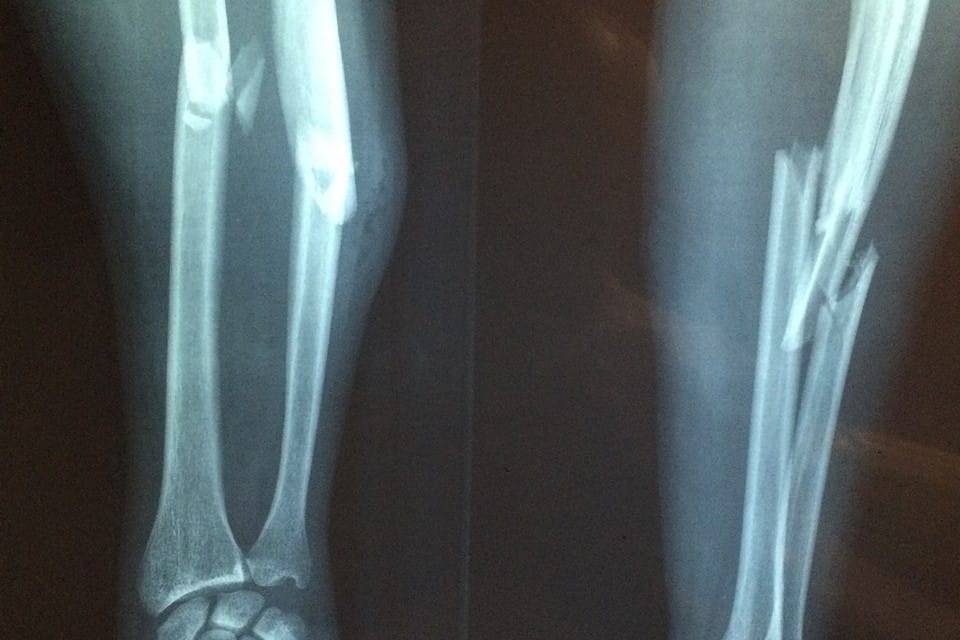In the bustling world of workplaces, where employees scurry about completing their daily tasks, slip, trip, and fall accidents can strike when least expected. These accidents, often dismissed as minor mishaps, can lead to serious injuries, sometimes even life-altering ones. Understanding the various types of slip, trip, and fall accidents at work is crucial not only for employers but also for employees themselves. In this article, we will delve into the different types of injuries that can result from these accidents, explore the three key contributing factors, and provide insights to help prevent these mishaps in the workplace. Learn more here to start your accident at work claim with us at National Claims.
Types of Injuries from Slips, Trips, and Falls
Sprains and Strains
One of the most common outcomes of slip, trip, and fall accidents at work are sprains and strains. Imagine Sarah, a dedicated employee at a busy warehouse. One fateful day, while rushing to meet a tight deadline, she tripped over a loose cable and tumbled to the ground. The impact caused her to twist her ankle, resulting in a painful sprain. This type of injury often occurs when an individual’s foot twists upon landing, causing the ligaments to stretch or tear.
Fractures
Another unfortunate consequence of workplace falls is fractures. Take John, for instance, a construction worker working diligently on a scaffolding project. A slip on a wet surface caused him to plummet from a considerable height. The impact led to a bone-breaking fall that left him with a fractured arm and wrist. Fractures, ranging from minor hairline cracks to more severe breaks, can result from the force of the fall or an attempt to break the fall with outstretched hands.
Head Injuries
Head injuries are perhaps the most concerning type of injury stemming from slip, trip, and fall accidents. Just picture an office worker navigating a cluttered hallway. As they slipped on a wet floor, his head collided with a hard surface, causing a traumatic head injury. Such incidents can range from minor concussions to severe traumatic brain injuries, with potential long-term consequences.
Cuts and Bruises
While not as grave as the aforementioned injuries, cuts and bruises are still common outcomes of slip, trip, and fall accidents. These injuries may seem minor, but they can lead to infections if not treated properly. For instance, Rachel, a restaurant server, slipped on a wet kitchen floor and scraped her knee against a sharp edge of a countertop. This seemingly trivial incident resulted in a painful cut that required medical attention.
Back and Spine Injuries
Workplaces with manual labour often witness slip, trip, and fall accidents leading to back and spine injuries. Think of Alex, a factory worker operating heavy machinery. A slippery surface caused him to lose his footing and fall awkwardly, injuring his lower back. Such injuries can have lasting consequences, affecting an individual’s mobility and quality of life.
Dislocations
Dislocations occur when the bones at a joint are forced out of their normal positions. A slip, trip, and fall accident can easily cause this type of injury. Picture Lisa, a nurse in a bustling hospital. Rushing to attend to a patient, she slipped on a wet floor and dislocated her shoulder upon impact. Dislocations can be extremely painful and may require immediate medical attention to reset the affected joint.
Now that we’ve explored the different types of injuries that can result from slip, trip, and fall accidents at work, it’s important to understand the underlying factors that contribute to these incidents.
Factors Contributing to Slips, Trips, and Falls
Hazardous Flooring
One of the primary factors contributing to slip, trip, and fall accidents is hazardous flooring. This can include wet or oily surfaces, uneven flooring, loose mats or rugs, and even cluttered walkways. Let’s revisit Sarah’s story in the warehouse. Her slip occurred due to a loose cable on the floor, illustrating the danger of uneven surfaces in the workplace.
Inadequate Lighting
Inadequate lighting is another significant contributor to workplace accidents. Imagine a poorly lit stairwell in an office building. Without proper illumination, employees may struggle to see potential hazards like uneven steps or spilled liquids, increasing the risk of slips and trips.
Lack of Proper Signage
The absence of clear and visible signage can also play a role in slip, trip, and fall accidents. Consider a scenario in a grocery store where a freshly mopped floor remains unmarked. Shoppers may unknowingly walk on the wet surface, risking a slip. Proper signage serves as a warning and helps prevent such mishaps.
These three factors—hazardous flooring, inadequate lighting, and lack of proper signage—are often interrelated and can collectively create a hazardous environment for workers. Addressing these factors is essential to reduce the risk of slip, trip, and fall accidents at work.
Preventing Slip, Trip, and Fall Accidents

Preventing slip, trip, and fall accidents is a shared responsibility between employers and employees. By implementing safety measures and promoting awareness, workplaces can significantly reduce the occurrence of these incidents.
Maintain a Clean and Orderly Environment
Employers should ensure that the workplace is kept clean and orderly. This includes promptly cleaning up spills, securing loose cables, and regularly inspecting floors for hazards.
Provide Adequate Lighting
Proper lighting is crucial for preventing accidents in dimly lit areas. Employers should invest in adequate lighting fixtures and ensure that all workspaces are well-illuminated. Well-lit stairwells, hallways, and workstations can make a significant difference in preventing accidents.
Use Appropriate Signage
Employers should also use appropriate signage to warn employees and visitors of potential hazards. This includes signage for wet floors, uneven surfaces, and construction zones. A simple “Caution: Wet Floor” sign could have saved Rachel from her knee injury in the restaurant kitchen.
Employee Training and Awareness
Employees play a vital role in their own safety. They should be educated about the risks of slip, trip, and fall accidents and encouraged to report hazards promptly. Training programs can teach employees how to navigate their workspace safely and reduce their risk of accidents.
Proper Footwear
Providing employees with suitable footwear is another preventive measure. Slip-resistant shoes can significantly reduce the risk of slipping on wet or oily surfaces. Employers should consider footwear requirements based on the nature of the work environment.
Regular Safety Inspections
Regular safety inspections should be conducted to identify and address potential hazards. This proactive approach can help employers identify risks before they lead to accidents. It’s similar to conducting routine maintenance on machinery to prevent breakdowns.
Making an Accident at Work Claim with National Claims
In the unfortunate event that an employee does suffer a slip, trip, or fall accident at work, it’s important to know how to take the appropriate steps to seek compensation. National Claims, a leading claims management company in the UK, specialises in helping individuals who have been injured at work. Our experienced team can guide you through the process of making an accident at work claim.
To initiate a claim, here are the essential steps to follow:
- Report the Accident: The first step is to report the accident to your employer as soon as possible. This documentation is crucial for the claims process.
- Seek Medical Attention: Ensure you receive prompt medical attention for your injuries. Your health should be your top priority.
- Gather Evidence: Collect evidence related to the accident, such as photographs of the scene, witness statements, and any relevant medical reports.
- Contact National Claims: Reach out to us at National Claims, where you will be put in touch with one of our claims specialists. They will assess the viability of your claim and guide you through the claims process.
National Claims’ expertise and commitment to our clients make us a reliable partner in the journey toward compensation for workplace accidents. Remember that you have the right to seek compensation if you’ve been injured due to someone else’s negligence at work.
Conclusion
Slip, trip, and fall accidents at work may seem like minor inconveniences, but they can result in serious injuries that disrupt lives and impact livelihoods. Sprains, strains, fractures, head injuries, cuts, bruises, dislocations, and back injuries are all potential consequences of these accidents. To mitigate the risk, employers and employees must work together to address contributing factors such as hazardous flooring, inadequate lighting, and lack of proper signage.
By maintaining a clean and orderly environment, providing adequate lighting, using appropriate signage, offering employee training, ensuring proper footwear, and conducting regular safety inspections, workplaces can significantly reduce the occurrence of slip, trip, and fall accidents. In doing so, they create a safer, more secure environment for everyone who steps through the door, ensuring that each worker’s day ends just as it began—with a firm step forward. And in case an accident does occur, National Claims are here to help individuals navigate the process of seeking compensation, ensuring that justice is served and injuries are properly addressed.
Contact us to start your claim with one of our claims specialists today.
Click below to see why we are one of the most trusted claims management companies in the UK.

We’re proud of our excellent customer reviews
We thrive on delivering exceptional service and ensuring our clients’ satisfaction. Don’t just take our word for it. Check out some of our independent reviews to see what our clients have to say.
Excellent

This firm is excellent, they sorted out my car pay out and injury claim very fast, they always communicate with you all the time.

My accident case was dealt with confidence and with great result of the outcome, especially James kept me informed all the time.

I was very impressed at the way my inquiry was treated. I was listened to attentively and everything I needed to know was explained to me.






